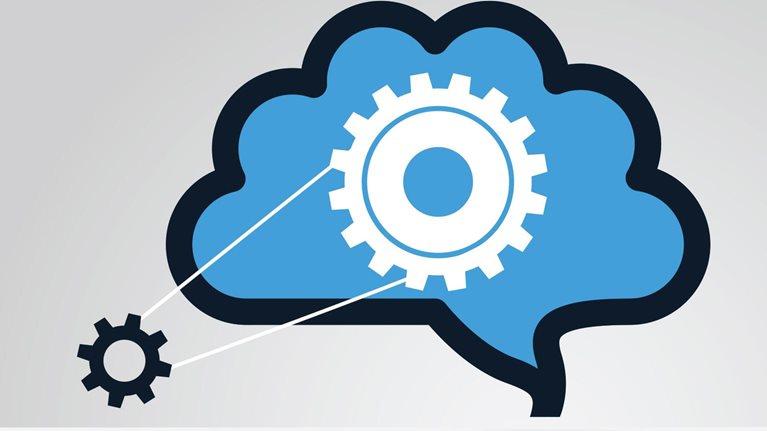Analytics translators perform some of the most essential functions for integrating analytics capabilities in a company. They define business problems that analytics can help solve, guide technical teams in the creation of analytics-driven solutions to these problems, and embed solutions into business operations. It’s specialized work, calling for strong business acumen, some technical knowledge, and project management and delivery chops.
Stay current on your favorite topics
Deploying translators is especially important during a company’s early efforts to use analytics, when much of its analytics know-how resides in a small cohort of data leaders and practitioners. We’ve seen companies hatch ambitious plans to apply analytics in dozens of situations—only to pull back because they employ too few people who can deliver solutions. That gap should shrink in the long term, as analytics pervades business and analytics training becomes a standard part of employee development. But in the face of competitive pressure, companies cannot wait to work with analytics on a large scale. Translators can help businesses climb the analytics learning curve quickly and roll out more use cases than they might otherwise.
While translators can acquire some of the requisite knowledge for the job through coursework, they make the most impact once they have developed practical skills through on-the-job experience. Yet it is all too common for executives to assume that employees can act as effective translators, capable of delivering analytics solutions, once they complete a class on the rudiments of modeling. In fact, employees who receive only classroom training are more like teenagers who sit through a driver’s-education course and then walk outside and try to drive away—with no behind-the-wheel training, supervised practice, or road sense.
Translators can master their trade only by observing seasoned colleagues at work and then working on actual problems with expert guidance. This progressive, real-world learning approach prepares translators to manage diverse teams of specialists, create replicable workflows, and apply business judgment while assessing trade-offs. None of these steps can be skipped if a company hopes to apply analytics widely and generate significant value.
Would you like to learn more about McKinsey Analytics?
Recruiting translators and positioning them for impact
Before launching a translator-training effort, executives should map out a company’s analytics strategy and priorities. Then they can determine how many translators are needed in each part of the business—and target recruiting and training programs accordingly.
Translators typically sit within business units, in proximity to day-to-day operations in stores, plants, mines, call centers, and other sites where employees make products or deal with customers. These vantage points let them spot uses for analytics and ensure that analytics solutions are embedded into the business for impact.
Ideally, translators will have spent time working in business operations before starting translator training. Existing business staff often make better translators than do new hires because they have an important quality that is hard to teach: knowledge of a business domain where analytics will be applied. To put this another way, business operations are the typical translator’s “mother tongue.”
In addition to business acumen, other qualities companies should look for in internal translator candidates include comfort working with numbers, project-management skill, and entrepreneurial spirit. Training curricula can then concentrate on the technical knowledge and practical methods that translators need.
Building basic analytics awareness
The first stage of a translator-training program should equip employees with fundamental analytics knowledge: a basic understanding of how analytical techniques can help solve typical business problems, as well as general familiarity with the process of developing analytics use cases.
This level of knowledge is readily attained from a week or so of classroom training covering:
- The potential to use analytics broadly within their industry and, more specifically, across the business’s value chain
- General techniques for prioritizing analytics use cases and defining their scope
- An overview, and ideally a simulation, of the life cycle of an analytics use case: defining a business problem, selecting target variables, brainstorming features of a potential solution, and interpreting results
- The roles that translators and other specialists (such as data scientists, data engineers, technical architects, and user-experience designers) play at each stage of an analytics use case
- The major types of analytical approaches (descriptive, predictive, and prescriptive), with deep dives into a few common algorithms (such as decision trees, neural nets, and random forests) and how they apply to business problems
- Methods for evaluating the performance of analytics models and understanding the trade-offs associated with particular models
- Agile ways of working—testing and learning from short development cycles, or “sprints”—that help multifunctional teams to deliver effective solutions swiftly
- Practices for embedding analytics solutions in the business and overcoming implementation difficulties, such as cultural barriers
Translators also need the technical depth to hold their own when discussing problem-solving approaches with data scientists. Many take online tutorials to learn common programming languages, such as R or Python, and learn more complex algorithms. To lead delivery of use cases, though, translators must hone their skills through hands-on practice—much as language students reinforce their classroom learning when they are immersed among native speakers.

Analytics translator: The new must-have role
Developing the ability to deliver analytics use cases
An analytics use case follows an end-to-end process that is applicable to a wide range of business problems. The translator first helps define a business problem and “translates” it to data scientists in technical terms. She then confirms that the selected analytical technique solves the problem cleanly and efficiently, and she might collaborate with designers if the use case calls for a tool for frontline colleagues.
The process concludes with implementation of the analytics solution, which the translator facilitates by helping users incorporate it into their routines. This often includes explaining to end users what takes place inside the “black box” of a model, so they can be comfortable leveraging the insights it delivers.
Most translators learn the delivery process through classroom or online study and then master it during apprenticeships. They start by observing expert translators on the job and gradually assume more responsibility, culminating with responsibility for teaching others. The typical progression consists of the following stages:
- Shadowing an experienced translator on one or more use cases
- Leading use cases under the supervision of an experienced translator
- Leading use cases independently, turning to experienced translators for help with specific difficulties
- Coaching apprentice translators on the pathway described above
There’s no fixed number of use cases that translators must complete at each stage to progress their abilities. The right number is the number that prepares translators to advance to the next stage, and it can vary with the range and sophistication of the analytical techniques and business problems that a translator deals with, among other factors.
Our experience suggests that translators spend six to 12 months in training. Others may be ready sooner. One translator started training with a degree in engineering and several years of consulting experience, which had taught him to structure and solve business problems. After studying data science in a weeklong executive-education course, he worked alongside an experienced translator and then began leading use cases. Now he’s not only a productive translator, but he also serves as a teaching assistant in analytics classes.
Since companies that are just beginning to implement use cases usually don’t have experienced translators, some rely on external translators to deliver their first wave of use cases and oversee their initial apprentices. Once three or four employees have learned to deliver use cases, they can train new apprentices.
Translator training is one of the most important analytics investments a company can make, because companies seldom capture the full value of analytics without capable translators. The key to training a translation workforce is a multitiered progression, in which employees study concepts in a classroom before mastering new skills through apprenticeships. Translators connect the theory and the practice of analytics; their training courses must do the same.
This article originally appeared in Harvard Business Review in February 2019 under the title “How to train someone to translate business problems into analytics questions.”


